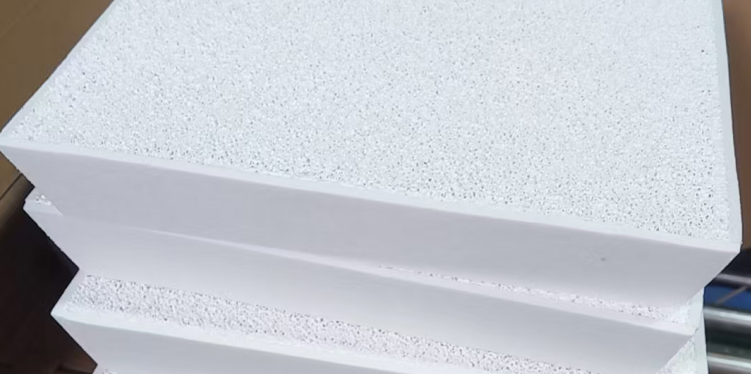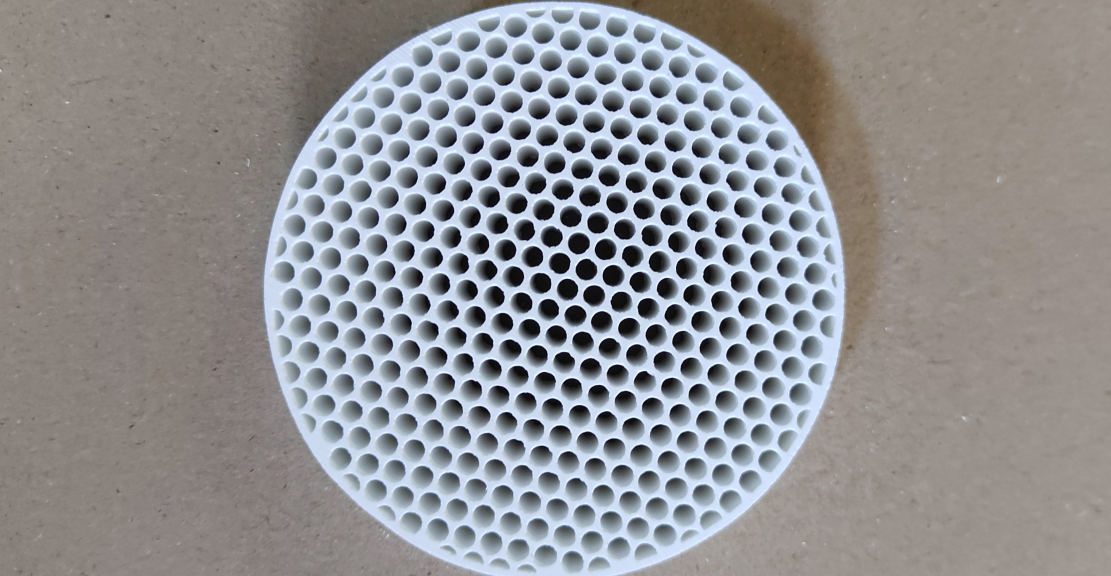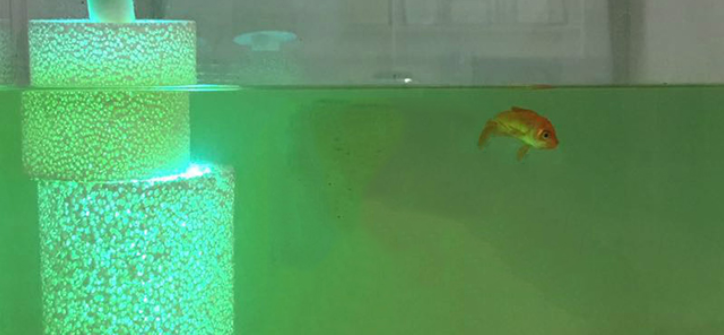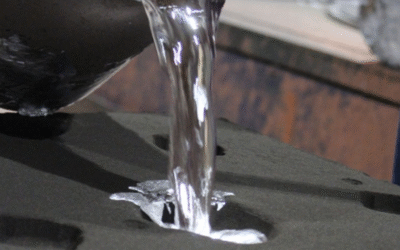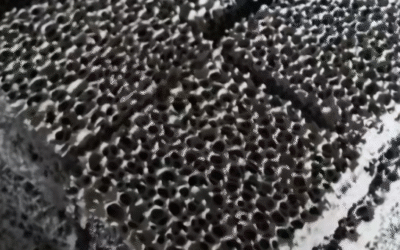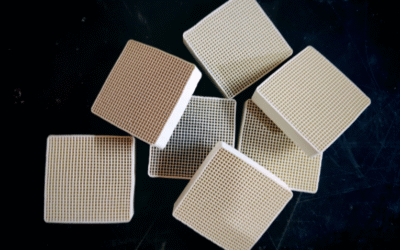I think Ceramic filters are a top choice. They have great strength, resist chemicals, and offer lasting filtration. This makes them perfect to use again and again. Their strong design means they can handle many cleanings. This is why I see them used so often in both homes and industries.
My Guide to Reusing Ceramic Filters
I believe in getting the most out of your ceramic filters. You can extend their life and keep them working well with a few good habits. This works for filters at home and in industrial setups. These techniques work because of the filter’s design. It has a porous body, stands up to chemicals, and is physically tough.
My Recommended Basic Cleaning Methods
Mechanical Cleaning
I soak the filter in clean water first. Then, I use a soft brush or sponge to scrub the surface. Pay attention to any spots with gunk or stains. I must stress: do not use abrasive pads. Scratches will damage the filter and make it less effective.
A Good Rinse
After scrubbing, rinse the filter under running water. This step washes away all the loose particles and any soap you used.
Sterilizing for Better Hygiene
Boiling or Using Disinfectant
After cleaning, I suggest you sterilize the filter. You can boil it for a few minutes. Another option is to use a disinfectant that the manufacturer recommends. This kills any bacteria or germs that cleaning might have missed.
Why Proper Drying is Important
Air-Drying is Best I always let the filter air-dry before I use it again. You want to make sure it is totally dry. This stops mold and mildew from growing on or inside the industrial ceramic filter.
Knowing When to Replace Your Filter
How I Track Performance
After I clean the filter, I check its performance. I look at the water flow speed and its quality. Based on my experience, you should replace the filter if you see two signs. First, if the water flow slows down a lot. Second, if there are stains that won’t wash off. If you keep using a worn-out filter, it might not clean your water properly.
My Insights on Industrial Recycling Methods
In my work with industrial systems for oil, gas, or wastewater, I see more advanced methods used to make filters last longer.
Heat Treatment
First, stand the filters up inside a furnace. Heat them to a temperature between 300–500°C for 10–100 minutes. From what I’ve seen, the sweet spot for temperature is 400–450°C, and a time of 10–30 minutes works best. The heat breaks down tough materials like oils and sticky gunk, which makes them easy to remove.
Acid Treatment
Dip the filter into an acid bath with a pH of 2–6. You can use hydrochloric, sulfuric, or nitric acid for this. Keep it in for 30–600 seconds.
I find this method works great to dissolve metal and dust stuck deep inside the filter.
Common Filter Specs for Recycling
I usually see these methods used on filters with these specifications:
- Pore size: 0.5–10 μm
- External diameter: 52 mm
- Internal diameter: 38 mm
- Length: 350 mm
Applications in the Real World
- For Your Home: I suggest cleaning and sterilizing your ceramic water filter on a schedule. This gives you a great, lasting source of safe drinking water. You will still need to replace it when the water flow gets too slow.
- For Industrial Work: In my opinion, these organized heat and acid treatments are game-changers. They restore filters for large-scale use. This cuts down on waste and saves money in operations like separating oil from water.
Based on my experience, following these methods helps you reuse your ceramic filters many times. I think it is a smart choice for your wallet and for the environment, whether at home or in an industrial setting.
How I Suggest You Use and Handle Ceramic Foam Filters in Aluminum Casting
For cleaning up aluminum during casting, most people use ceramic foam filters. Based on my experience, they are essential for removing impurities from the molten aluminum. This step boosts the quality and output of your final parts.
Using these foam ceramic filters means you’ll have fewer bad parts and less waste. This helps your productivity. You generally can’t reuse these filters. They are made for one-time use. If you try to reuse them, they might not filter well, could get clogged, or may become weak. What happens to used filters? You can recycle them or sell them. They still have value for their material even after they’ve done their job.
From my perspective, ceramic foam filters are a core part of cleaning molten aluminum. They work well, are easy to use, and meet today’s safety and environmental rules.
My Guide to Safely Reusing Ceramic Filters
I know reusing ceramic filters is a practical choice. But you need to follow some important rules to stay safe. If you ignore these points, you risk your health and the filter won’t work well.
Physical Damage Risks
Check for Damage: Based on my experience, even a tiny crack makes your filter unsafe. A damaged filter lets germs and dirt pass right through. You might not even see the damage.
Biofilm Formation and Contamination
The Danger of Biofilms: If bacteria are left after cleaning, they can grow. This creates a slimy layer called a biofilm on the filter. From my experience, it’s almost impossible to completely clean off this film. It can release toxins, which is a big risk if you’re using the filter for different liquids.
Cleaning and Reuse Guidelines
How I Clean My Filters: I recommend scrubbing just the outside of the filter. Use a soft brush or sponge under running water. Do not use soap or detergent. These products can harm the ceramic. They can also leave behind a bad taste or unsafe chemicals.
In my home, with consistent cleaning, I’ve found that an industrial ceramic filter can last up to 6 months.
Harsh or frequent cleaning with strong chemicals or high heat can weaken the filter over time. This can cause hidden damage inside the ceramic that you won’t see during a normal check.
Sterilization and Stress Effects
Wear from Sterilizing: Lab tests might say a filter can handle many cleanings. My experience shows that daily use is much tougher. Stress from chemicals, heat, and different water types can wear down a filter much faster than tests predict.
Leftover cleaning products can build up as the filter dries. This can damage the filter’s structure, even if you don’t see any changes.
Performance and Replacement Triggers
Signs You Need a New Filter: I suggest you replace the water filter if you notice these signs. The water flow slows down. The water tastes strange. If this happens even after a good cleaning, it’s time for a new one.
You should always check what the manufacturer recommends. They usually suggest a maximum use time, which is often 6 months.
Storage and Inspection Before Reuse
Drying & Storing: Make sure the industrial filter is completely dry before you store it. I recommend keeping it in a cool, dry spot to stop any new germs from growing.
After taking it out of storage, check it closely for any new cracks. I also recommend you flush it with water before you use it again.
Industrial and High-Risk Usage Precautions
For professional use in labs or factories, the risk of contamination is very high. A filter might pass tests in a controlled setting. But in the real world, switching between batches or not rinsing enough can leave harmful stuff behind.
Hidden damage builds up over time from frequent cleaning with chemicals. This makes filter failure or contamination more likely.
In my opinion, for important jobs where purity is key (like making medicine), using a filter only once is much safer. Yes, it costs more. But the risk of contamination can be far more expensive than the savings from reusing a filter.
summary
Based on my experience with ceramic filters, I believe smart reuse is about more than saving money. It is a responsible choice. This is true whether you filter water at home or use them for industrial work. When you take good care of these filters, you get cleaner results and also produce less waste. Of course, you will need to replace them at some point. But with the right care, I’ve found you can get the most value from each one. I recommend using your best judgment and following safety rules. A filter that is well-cared-for will always serve you better than a new one that has been ignored.

